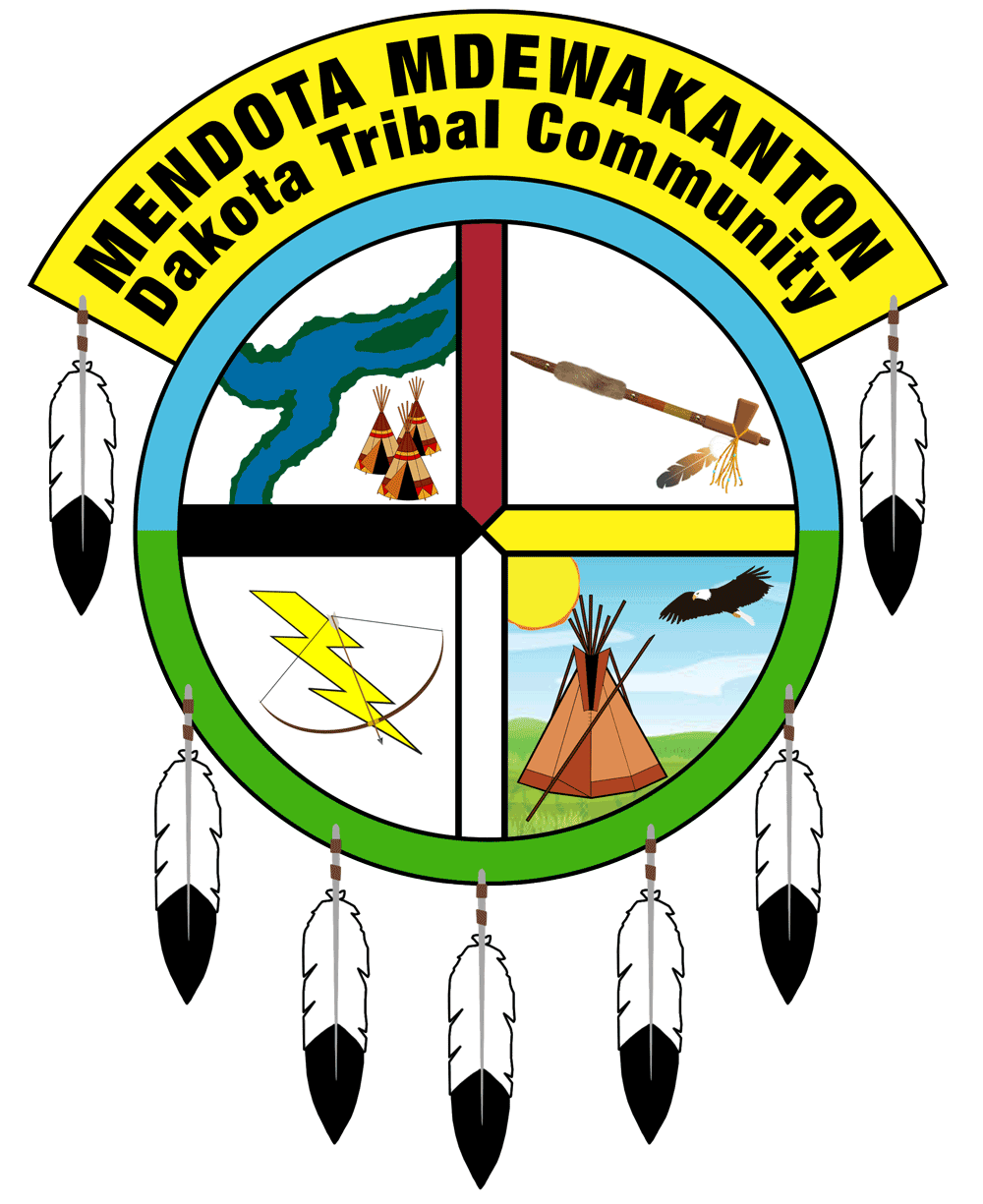 The Reservation tribal headquarters is located five miles south of Granite Falls, Minnesota, on the Minnesota River in Yellow Medicine County. The reservation is 115 miles west of Minneapolis.
The Reservation tribal headquarters is located five miles south of Granite Falls, Minnesota, on the Minnesota River in Yellow Medicine County. The reservation is 115 miles west of Minneapolis.
History
This land we call Pejuhutazizi Kapi (The place where they dig for yellow medicine) has been the homeland for our people, the Dakota Oyate (Nation), for thousands of years. We have always occupied this area bordering the Minnesota River Valley, with the exception of a short period of time in the late 1800’s following the US/Dakota Conflict of 1862. At that time they were either exterminated, forcibly moved to reservation elsewhere, or fled to avoid harm.
Many Dakota died during that difficult time. Some of those who survived the forced removal defied
the State and Federal Governments be not remaining on the assigned reservations located outside of Minnesota, but rather chose to return to our ancient homelands in the Minnesota River Valley.
In 1938, 746 acres of original Dakota lands in Minnesota were returned to our people, and the Upper Sioux Indian Community came into existence. Provisions for governing the Upper Sioux Indian Community were adopted, and a Board of Trustees was elected to carry out the responsibilities identified in these Provisions. In 1995, the Provisions were modified and the governing document in now called the Constitution of the Upper Sioux Community.
Since its formal designation as an Indian community, Upper Sioux has struggled with poverty, substandard housing, inadequate health care, and the subtleties of racism. Tribal leaders continually strived to improve the standard of living and the quality of life on the reservation. The population was small, and Upper Sioux’s share of program monies from the federal government was minimal, yet elected tribal leaders still managed to provide the “bare-bones†programs in housing, health care, and education. Through the 1970’s and 80’s, conditions improved very little despite many vocal supporters, both Indian and non-Indian, and we continued to struggle for survival on our small tract of land along the Minnesota River.
In the late 1980’s the legal standing of tribes as a sovereign nations had been acknowledged in the highest federal courts. In 1990, following these court decisions, the Upper Sioux Community did as many other tribes had done—we exercised our rights as a sovereign nations to capitalize on a financial opportunity by building and opening Firefly Creek Casino.
In the years since, our business has helped to revitalize and energize the Upper Sioux Community, allowing us an opportunity to obtain economic independence. Through obtaining an additional 654 acres of Dakota ancestral lands, the community can work towards meeting the growing demands of an increasing population, now at 482. We are finding ways to preserve our dignity, our culture and our traditions, free from the burden of meeting basic survival needs.
More Information
Upper Sioux website: http://www.uppersiouxcommunity-nsn.gov
